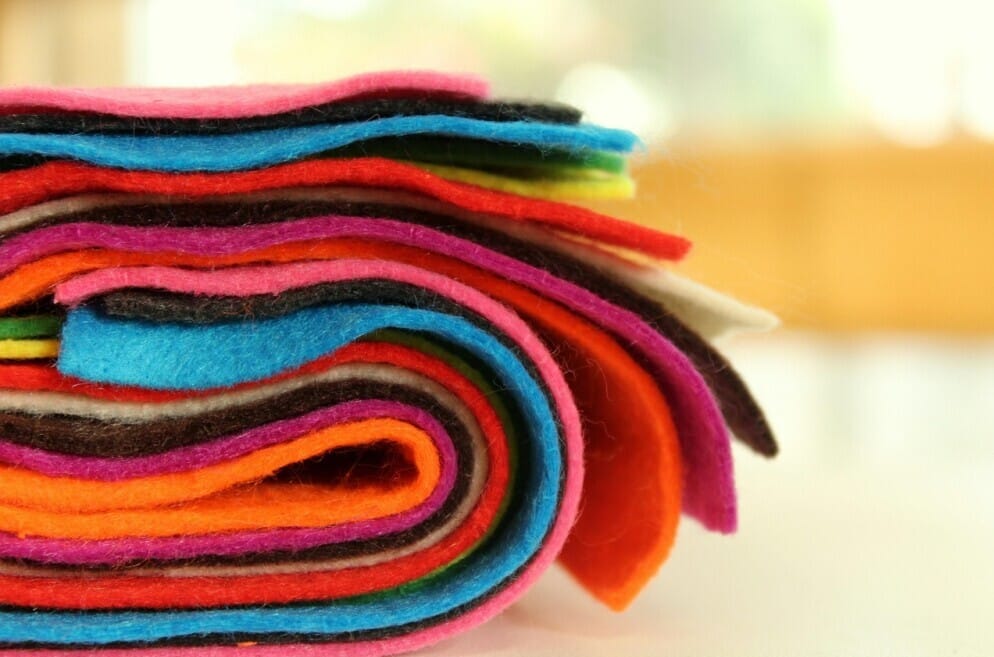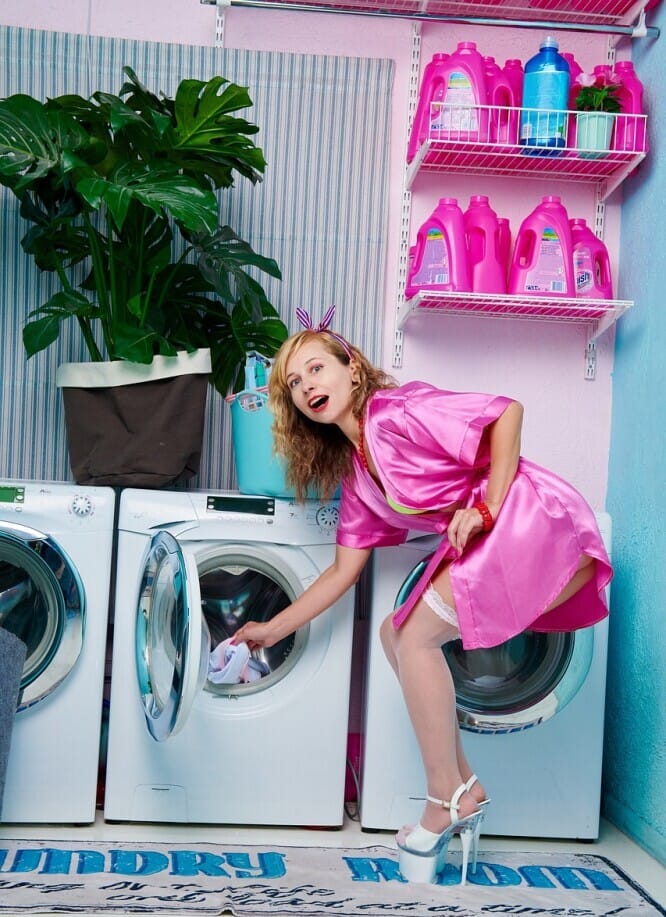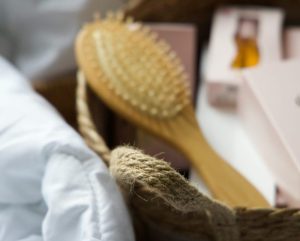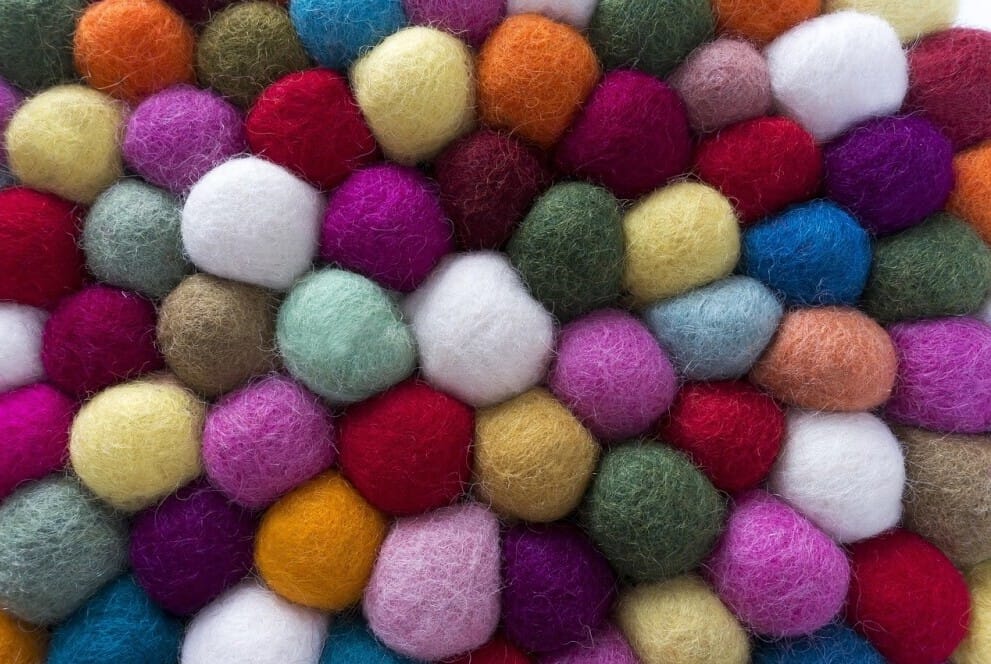If you’ve ever owned anything made of felt—whether it’s a favorite hat, a craft project, or even a pool table—you know how tricky it can be to keep clean. I remember the first time I tried cleaning a felt item. I scrubbed too hard, soaked it with too much water, and ended up with a shrunken, ruined mess! The truth is, felt needs special care to stay looking its best.
In this guide, I’ll show you simple, safe ways to clean felt without damaging its texture or shape. Whether you’re dealing with small stains or general dirt buildup, these easy tips will help you freshen up your felt and make it last longer.
Certain general guidelines are followed; you’ll avoid your felt becoming damaged by doing this. So if you make sure you take special care during the cleaning process, you can rest assured your felt fabric items stay in top conditions for as long as possible.
Whether your felt has become dirtied with dry debris or you’re working to remove spills and stains, these special cleaning measures need to be taken to ensure the longevity and safety of the fabric during the cleaning process. Now that you know how important it is to clean felt properly, let’s dive into the steps, tips, and tricks on cleaning felt. You might also be interested in reading how to clean faux leather!

What is felt?
According to Wikipedia, Felt is a textile that is produced by matting, condensing, and pressing fibers together. Felt can be made of natural fibers such as wool or animal fur, or from synthetic fibers such as petroleum-based acrylic or acrylonitrile or wood pulp–based rayon. Blended fibers are also common. Natural fiber felt has special properties that allow it to be used for a wide variety of purposes. It is “fire-retardant and self-extinguishing; it dampens vibration and absorbs sound; and it can hold large amounts of fluid without feeling wet
How to clean felt
Let’s imagine you wish to clean wool blankets, sweaters, jackets, etc., structured or have a lining as a blazer, coat, or suit typically would; then what you want to do is avoid a full wash and spot treats stains and odors instead. Follow the next steps to spot-treat stains and odors on your woolen:
- Wet your wash bar of choice with cool water and gently work into affected areas.
- Remove excess soap with a lint-free cloth.
- Continue dampening the cloth with cool water as needed, and repeat the process until the stain is gone.
- Felt shouldn’t be placed in the dryer, so what you want to do is finish with steaming.
Handwashing method
1. Fill a washbasin or sink with cold water.
2. Add 2 capfuls to your preferred wool shampoo or bar to the sink.
3. Submerge the item and gently agitate the water with your hands to evenly distribute soap.
4. Leave the items soaking for up to 30 minutes.
5. Rinse well by running cool water through the item, ensuring the water is no longer soapy.
How to dry felt after handwashing?
Very important! Do not wring, here is what you need to do:
1. Once the item is washed, press the water out of the item.
2. If there is color in the water, it’s ok. The felt is simply releasing excess dye.
3. Ideally, you shouldn’t notice any loss of color after the wash is complete.
4. Lay the items flat, allowing them to stay in their natural shape and air-dry.

How to clean felt with machine wash
According to The Laundress, some felt items, like a felt hat, can be laundered in the washing machine using a delicate setting. If you must machine wash after spot treating, here is what you do:
1. Turn the item inside and place it in a mesh washing bag.
2. Select the woolens or delicate cycle on the washing machine.
3. Make sure the water temperature is cold
4. Check the spin is on low.
5. Keeping in mind the machine and load size, add the right amount of soap.
How to dry felt after the Machine washing method?
1. Remember not to put your items in the dryer.
2. Lay them flat on a drying rack or clean towel.
3. If you want to make the process faster, roll it up in the towel to remove excess water once the item is on a clean towel.
4. To remove wrinkles, steaming is highly recommended for the best and safest finish.
How to store felt
If you want to avoid distorting your items as they may be stretched, make sure you fold your knit items and store them that way. On the other hand, if you are dealing with heavier items like suits and jackets, these should be stored using a solid structured hanger.
As a gold rule, you always want to make sure your items are stored clean because wool is prone to damage from insects.
If you want to take it up a notch, you can invest in a breathable cotton bag and store your items there. This will also be helpful to prevent a moth infestation. Whatever you do, do not store items in a plastic bag since plastic gives way to yellowing and may trap moisture.
Best materials to clean felt

1. Soft-Bristle Brush
Ideal for removing surface dust, lint, and pet hair.
Use brushes made for hats, wool, or delicate fabrics.
2. Microfiber Cloth
Perfect for blotting stains without roughing up the felt.
Always dab gently—never scrub hard.
3. Lint Roller
Great for picking up loose debris on crafts, hats, and furniture.
Choose a light-tack roller so it doesn’t pull the felt fibers.
4. Distilled Water
Safer than tap water (which may leave mineral stains).
Use a spray bottle for light misting when spot-cleaning.
5. Mild Soap (Baby Shampoo or Wool Cleaner)
For tough stains, mix a few drops with distilled water.
Avoid harsh detergents that can degrade felt fibers.
6. White Vinegar (Optional for Tough Stains)
Mix a tiny amount with water to help break down tough stains.
Always spot test first!
7. Soft Sponge (Non-Abrasive)
8. Handheld Steamer (Optional)
Helps loosen dirt and restore shape, especially for felt hats and clothing.
Use carefully and at a safe distance.
Bonus Tips on how to clean felt
- Whether hand or machine washing wool, always pretreat stains first.
- To remove odors from wool, presoak the item for 30 minutes in cool water mixed with ¼ cup of scented vinegar.
- Handwashing is always the best, and safest method for washing felt blankets and other items.
- Felt is sensitive to water temperature and agitation, and it can shrink if not treated properly.
- If using the washing machine, remember to remove your items promptly from the washing machine to reduce creasing. Avoid direct sunlight and heat sources when drying your felt items because they can yellow, shrink, or damage woolens.
- Do not hang wet woolens.
- If ironing, get your item inside out and use the lowest temperature setting and iron. A pressing cloth between the iron and item it’s a good idea.

How to clean felt materials
Let’s read on to learn how to clean different felt materials
How to Clean Pool Table Felt
Pool table felt is delicate and needs gentle care. Use a soft-bristle brush to sweep chalk dust and debris in one direction—never back and forth. Avoid vacuuming with strong suction, as it can pull and stretch the fabric. Never soak it with water. Instead, lightly dampen a cloth for gentle spot cleaning. Keep food and drinks away from the table, and cover it when not in use to prevent buildup and fading over time.
How to Clean Pool Table Felt Stains
To clean stains on pool table felt, first blot (never rub) any spills with a dry, absorbent cloth. For stubborn marks like drinks or chalk, use a mild solution of cold water and vinegar on a damp cloth and dab gently. Avoid using chemical cleaners, as they may damage the felt. Let the area air dry completely. Repeat the process if needed. A felt-safe stain remover may work, but always test in an unseen area first.
How to Clean a Felt Hat
Cleaning a felt hat starts with brushing off surface dust using a soft hat brush or lint roller. Always brush in a circular motion, following the grain of the felt. For light stains, use a damp cloth with plain water. Avoid using soap or submerging the hat—moisture can cause shrinkage and ruin the shape. Let the hat air dry on a flat surface, and store it in a hat box or on a rack to preserve its form.
How to Deep Clean a Felt Hat
Deep cleaning a felt hat should be done sparingly. Begin with a lint roller or hat brush to remove debris. For deep stains, lightly mist the stained area with distilled water and gently blot with a microfiber cloth. Use a handheld steamer to loosen dirt and reshape the hat if needed. Avoid fully soaking the hat or applying heat directly. Always let it dry naturally. Afterward, use a brush to restore the felt’s texture and finish.
How to Clean a Felt Cowboy Hat
To clean a felt cowboy hat, start by brushing it with a horsehair hat brush, moving counterclockwise around the crown and brim. For grease or sweat stains, blot gently with a damp cloth. Avoid saturating the hat. For odor or bacteria, sprinkle a small amount of baking soda inside and let it sit for an hour before shaking it out. Avoid direct heat or washing machines. Store your cowboy hat in a box to maintain its shape.
How to Clean Felt Fabric
Felt fabric requires gentle care. Spot clean using a damp cloth and mild soap. For dirt buildup, gently hand wash the felt in cold water, pressing—never wringing—the fabric. Lay it flat to dry on a clean towel to avoid warping or shrinkage. Never use a washing machine or dryer, as felt can pill or lose shape. For craft felt, use fabric-safe cleaners. Always test any solution on a hidden section first to prevent discoloration.
How to Clean Felt Shoes
Felt shoes trap dust and stains easily, but cleaning them is simple. Start by brushing off surface debris with a soft shoe brush. For stains, use a cloth dampened with cold water and mild soap, blotting gently. Avoid soaking the shoes. Let them air dry, and stuff them with paper to retain their shape. You can also use a suede or felt-specific cleaner for deeper cleaning. Never put felt shoes in the washer or dryer.
How to Clean a Felt Couch
A felt couch adds a cozy touch, but it can attract dust and pet hair. Start by vacuuming the couch with a soft upholstery attachment weekly. For stains, mix a bit of dish soap with cold water and dab the spot using a microfiber cloth. Avoid rubbing or over-wetting. Blot with a dry towel to absorb moisture and allow it to air dry. Use a fabric protector spray to reduce future stains and maintain your couch’s texture.
How to Clean a Felt Fedora
Felt fedoras require gentle care. Use a soft-bristle brush to remove lint and dust, brushing in small circular strokes. For sweatbands and light interior stains, wipe with a cloth dampened with vinegar and water. Avoid using detergents or soaking the hat. Let the fedora air dry naturally. If reshaping is needed, use gentle steam while shaping it by hand. Store your fedora on a stand or in a hat box to keep it looking sharp.
How to Clean a Felt Saddle Pad
Felt saddle pads can collect sweat and hair quickly. After each ride, brush off hair and dirt with a rubber curry or stiff brush. For deep cleaning, rinse with cold water using a hose—do not use high pressure. Gently scrub dirty areas with a mild soap, then rinse thoroughly. Lay flat to dry in a shaded, ventilated area. Never machine wash or dry, as this can warp the felt. Clean regularly to prevent odor and buildup.
How to Clean Felt FAQs
Here are a couple of questions from our readers matched with our recommended felt cleaning approach.
What is felt?
Felt is a nonwoven thick fabric made by compressing and felting different types of fibers using different techniques.
Can you wash felt?
With the passing of time and regular use, your felt goods will get dirty, so yes, you need to clean them properly, and washing can be done. That said, felt becomes very vulnerable when wet, and it needs special care during cleaning to avoid being damaged.
How is felt fabric made?
Felt fabric is made by compressing (natural or synthetic) fibers together, creating a textured cloth. The fibers are compressed using heat, moisture, and agitation. Felt types include beavers, meltons, doeskins, and velours.
Main types of felt?
There are two main types of felt:
Acrylic felt: It can be found in vivid colors and is very inexpensive and easily available. It does not shrink after washing. However, it is not as durable or strong.
Wool felt: Wool felt is made by layering carded and combed wool fibers at 90 degrees in thick layers and heat, soap, and agitation. It is the most durable and thicker because of its make and fibers. It also does not pill like the other felts. It is usually treated with lanolin to make it water-resistant and slightly antibacterial. As you may imagine, wool felt is expensive.
What to do if felt pills?
It is not typical of felt to pill; however, if it does, get yourself a com and direct it to problem areas, making sure you glide the com in the same direction.
This works best if you use the comb between wears to lint, fuzz, and hair. A cashmere brush is recommended because it helps the fabric to release natural oils that rejuvenate yarns.
Why does pilling occur?
Pilling is a direct result of friction; in other words, when you move, the more you wear an item, the more likely it is to pill. When wool fibers become loose, they form little balls or pills.
Final Thoughts
Felt might look delicate, but with the right cleaning techniques, you can keep it beautiful and strong for years. Whether you’re spot-cleaning a small stain or freshening up a felt craft project, gentle handling and smart cleaning methods make all the difference. Trust me, once you know how to clean felt properly, you’ll feel a lot more confident tackling any future stains or spills.
Take your time, follow the right steps, and your favorite felt items will stay looking good as new!
- 7+ Proven Home Remedies for Sneezing That Actually Work - August 2, 2025
- 10 Natural Remedies for Eczema Relief - June 5, 2025
- How to Clean Pool Table Felt Without Damaging the Surface - May 9, 2025

